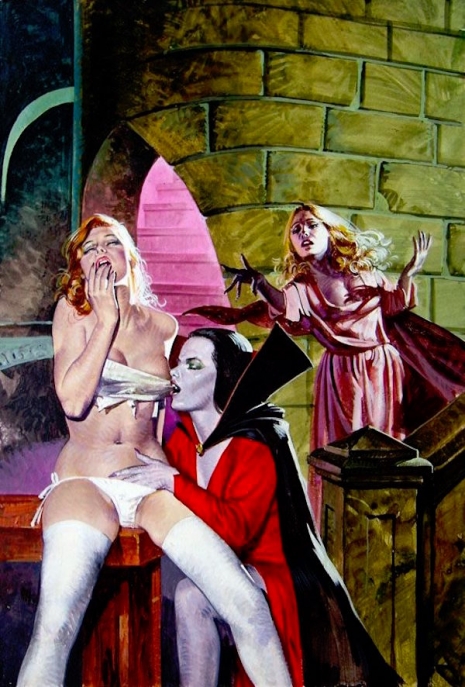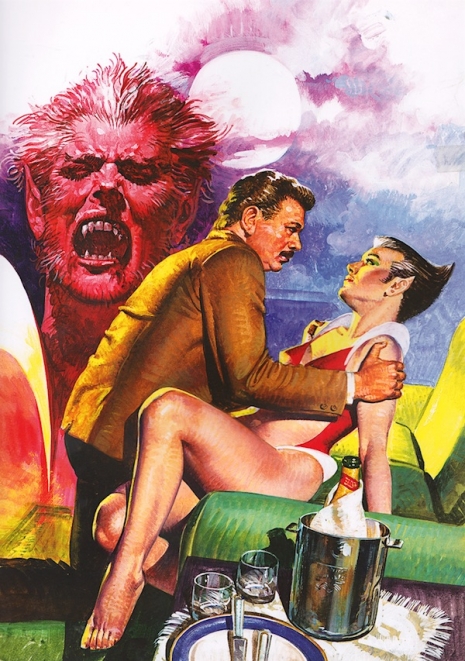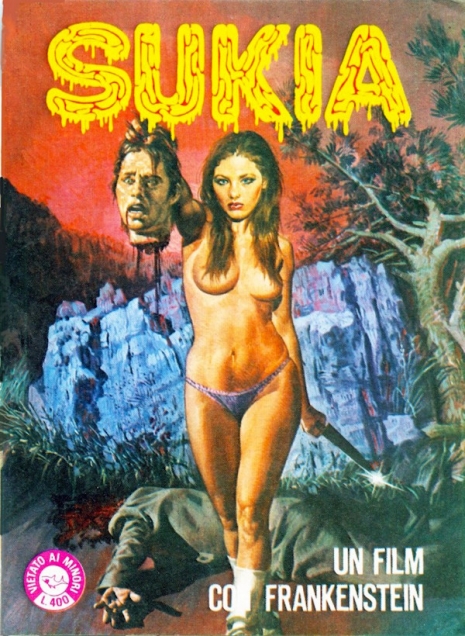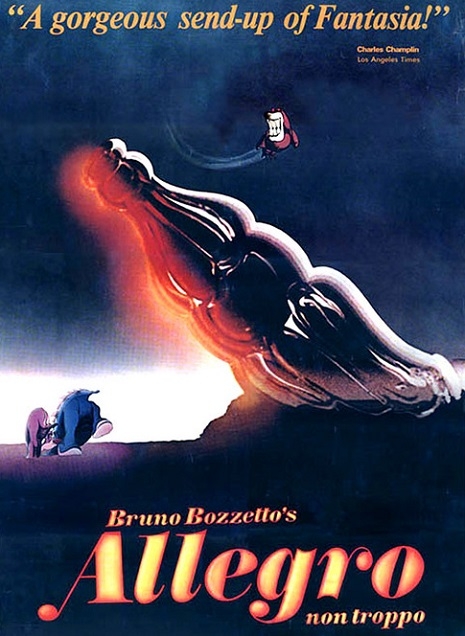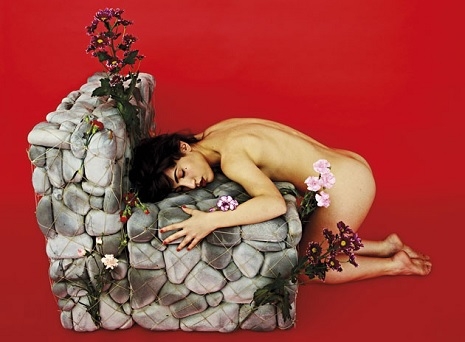
Before you get your knickers in a twist and deliver unto me your undergrad thesis on the subjectivity of beauty, rest assured—this furniture is supposed to be ugly, or rather it is intended to be “post-ugly.” The abominations you see here are from a new book, 1968: Radical Italian Furniture, and it’s a mind-bendingly vibrant tour through the late 60’s Italian avant-garde. This is a design movement in which concepts such as “good design” and ‘taste” were actively spurned.
In addition to the jarring aesthetics of Italian Radical Design, you may notice that a lot of what you see here barely resembles anything we might recognize as “furniture,” and what does appears to be completely incompatible with the domestic spaces of actual people—it’s all better understood in the context of art, rather than of utility. If you’re wondering what museum is charged with curating such a hypnotic, aesthetically unholy, fundamentally impractical collection of furniture, you need look no further than those steadfast guardians of the fugly, those perpetual patrons of the hallowed and hideous—the insanely rich. Every piece you see here is owned by a man named Dakis Joannou,a Greek septugenarian billlionaire who has managed to remain unscathed by his country’s economic crisis.
Imagine that.

Besides his filthy riches, Dakis Joannou is known for two things—his enormous private collection of contemporary art and furniture, and his possession of the ugliest fucking boat in the universe. The “mega-yacht,” over 39 meters long, is christened “Guilty,” and its design is inspired by World War One era British Naval camouflage. (Perhaps Joannou is worried some one might try to blow him out of the water?) Curiously, if you look at Guilty from above, you’ll see a giant picture of Iggy Pop—not the artist that usually comes to mind when one hears the phrase, “yacht rock.”
Guilty was co-designed by some Italian yacht designer and contemporary artist Jeff Koons. Koons and Joannou have maintained a relationship since the mid-80s, when the yachting enthusiast purchased Koons’ Total Equilibrium Tank for for $2,700. The piece, by the way, is three basketballs in an aquarium. No word if there are any Koons originals stowing away aboard Guilty, but the main deck “living room” is decorated in (you guessed it), Italian Radical Design.
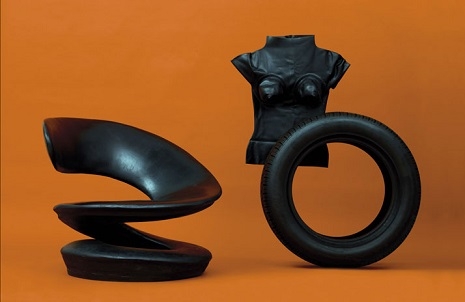
Shockingly, Joannou has received some criticism from his countrymen, who believe he’s more interested in being an art collector than actually supporting the arts, especially in his native Greece. Despite the tragic state of the Greek economy, Joannou stands by a mission statement that conveniently absolves him from any funding responsibilities, saying:
“Support isn’t helping anybody. In the beginning, a lot of people thought that’s what I was doing, and they would ask for funding for this or that. I said, ‘I’m sorry, I’m not into that.’ It’s about creating a platform.”
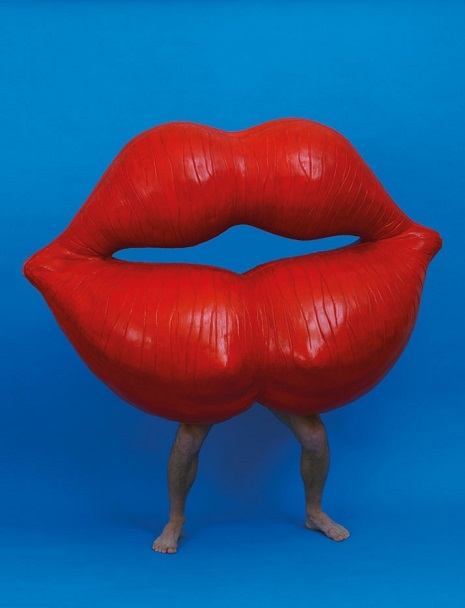
I wouldn’t worry though—Joannou assures us he is helping in other ways. For example, two years ago he put on a show entitled, “Animal Spirits,” a reference to the theories of “soft capitalist” economist John Maynard Keynes. Keynes believed that a man’s “animal spirit” compromises his rationality, that much of what we do is motivated by “spontaneous optimism rather than mathematical expectations.” Oh, and the show featured Joannou’s own shitty drawings. From the mission statement:
The economic crisis faced by the world today is not only extensive and multifaceted, but its implications for our future are profound. “Animal Spirits,” the collection of drawings from the Dakis Joannou Drawing Collection presented in the Hydra Slaughterhouse, is intended to invoke comment and trigger reflection on our current global dilemma.

It goes on to say that the exhibit intends to “[provoke] acknowledgment of the looming international crisis,” leaving one to imagine how easy it must be to avoid political provocation whilst captaining the world’s ugliest fucking yacht.. The Italian Radical collection is not to my taste (to say the least), but it’s weird and exciting and dangerous, and any retching it might inspire doesn’t diminish its artistic and historical significance. It may be a little more difficult to “expropriate the expropriators” when they’re bobbing on a lurid, nautical Versailles, but I think we can still do it.
Come on comrades, let’s commandeer the Guilty—for art, for justice, and for ugly, uncomfortable chairs!
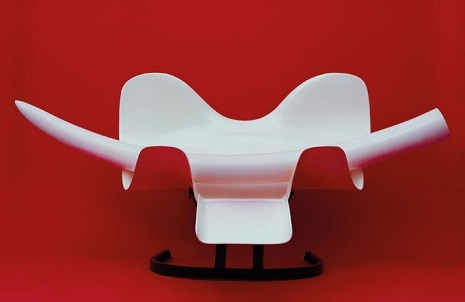

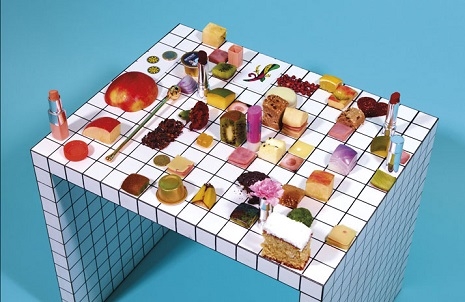


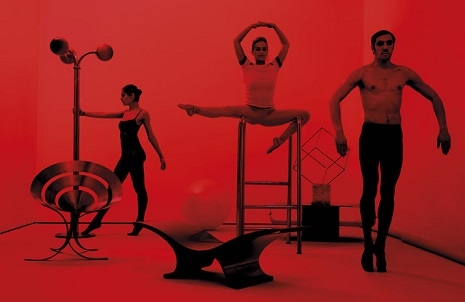
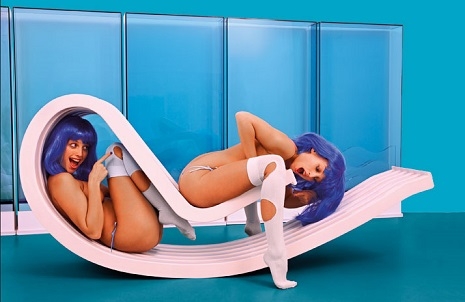
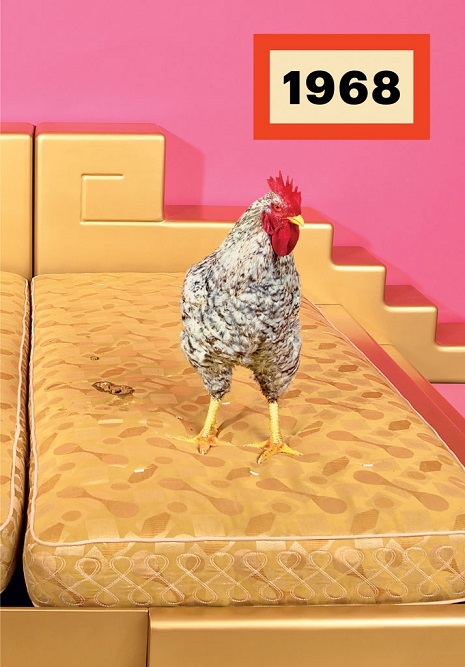


Via yatzer
